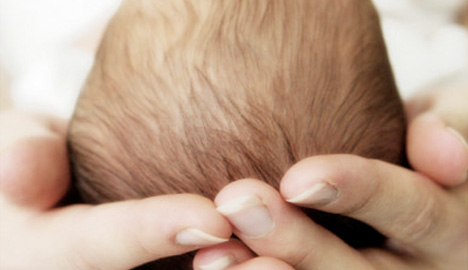Risk of Schizophrenia Can Be Seen in Babies’ Brains

According to researchers at the University of North Carolina at Chapel Hill and Columbia University, brain scans of infants taken in the first weeks of life reveal abnormalities that are associated with the risk of developing schizophrenia.
Schizophrenia, a serious mental disorder that causes symptoms like hallucinations and serious delusions, has long been understood to have a physiological origin. But because symptoms don’t normally appear until the late teens or early 20s, it has been hard to know whether anything can be done to minimize the risk before symptoms arise. Once symptoms manifest, the condition can be very difficult to treat.
Schizophrenia appears to be highly inheritable, so the researchers focused on infants whose mothers have schizophrenia. Using ultrasound and MRI to examine the brain development of a group of such babies, they found that the at-risk male infants had enlarged brains and larger lateral ventricles than did babies of mothers who did not have schizophrenia.
The findings fit several patterns. Schizophrenia is more common in men and usually more severe in men. The researchers did not find the risk markers in female infants. In addition, larger brain size is also associated with autism, leading the researchers to speculate that an enlarged brain at birth may be a sign of impending difficulties in future brain development.
The researchers, led by psychiatrist John H. Gilmore of the University of North Carolina Schizophrenia Research Center, say that the findings only show that risk of schizophrenia can be detected in these infants’ brains. In order to learn more about how the disorder develops and how it can be predicted and ultimately how to better treat or prevent it, the researchers will continue to follow these children’s development. They will also continue to recruit new subjects to the study.
The study, which received funding from the National Institute of Mental Health and the Foundation of Hope, was published online this week in the American Journal of Psychiatry, and will appear in the print edition of the journal in September.